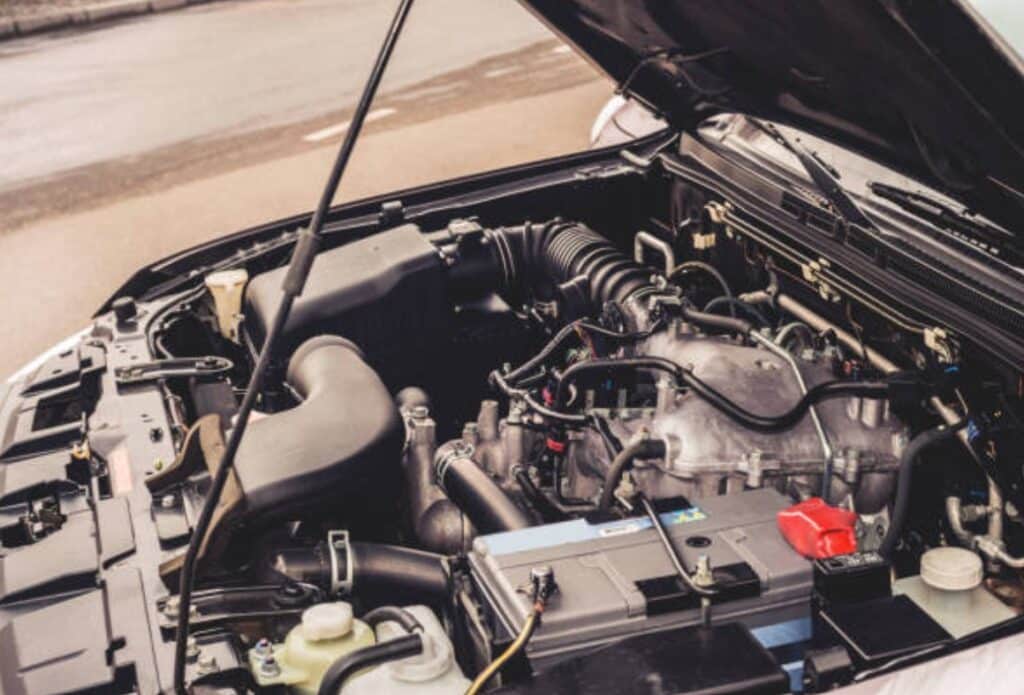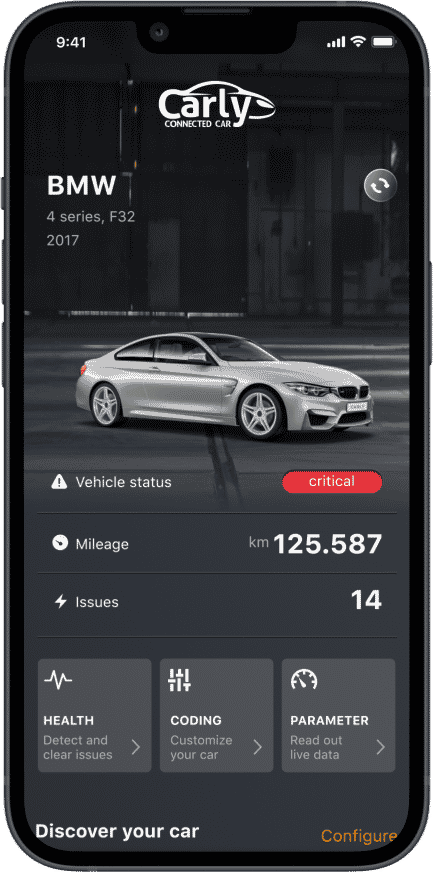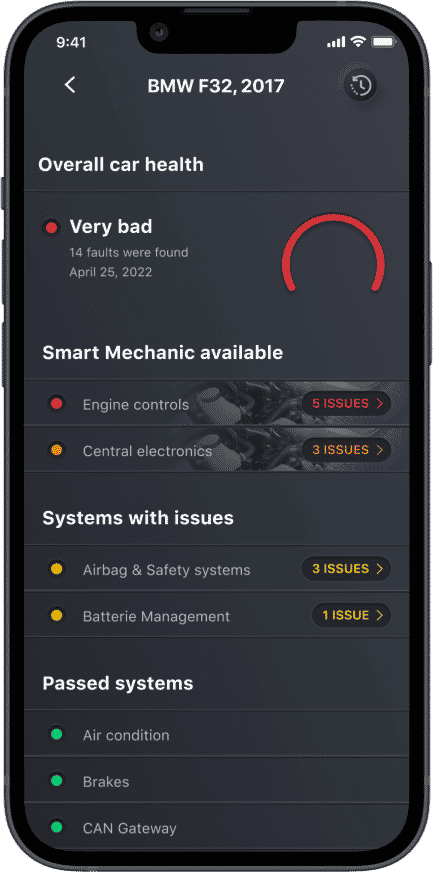If you’re driving along and you have the check engine light flashing, don’t panic! While it’s never fun to see a warning light on your dash, a flashing check engine light is cause for more concern than a steady light.
Here are five things you should do if your check engine light starts flashing:
GAIN MORE CONTROL OF YOUR CAR WITH THE CARLY FEATURES
Check the exact pricing of Carly for your car brand!

Fast International Shipping with DHL

14 days adaptor return policy

Excellent customer support

Lifetime warranty in the hardware
SEEN IN
1. Pull over to a safe location as soon as possible.
If the car has the check engine light flashing, it means your engine is misfiring, which could damage your catalytic converter. Pulling over to a safe location will help prevent further damage to your engine.
2. Turn off the engine.
Once you’re safely pulled over, turn off your engine. Restarting your engine could make the problem worse, especially if your car has the check engine light flashing versus being steady.
3. Check the oil level and add oil if necessary.

One of the most common reasons why an engine may misfire is due to a low oil level. When there is not enough oil, the engine cannot lubricate itself properly, causing increased friction and heat. This can damage spark plugs and other sensitive components, leading to a misfire.
If you check your oil level and it is low, add more oil as soon as possible. You should also check for leaks, as this can cause the same problem. If you notice your check engine light flashing, this could also be an indication of a misfire.
In the case of leaks, bring your car to a mechanic as soon as possible. If your vehicle is shaking or producing smoke, do not turn your vehicle on. Call a tow truck and have your car taken straight to the repair shop.
4. Check the coolant level and add coolant if necessary.
If your coolant level is low, it means that there is not enough liquid in the system to keep the engine at the proper operating temperature. This can cause the engine to misfire, as well as leading to other problems such as decreased fuel economy and increased emissions.
If you notice that your car has the check engine light flashing, be sure to check your coolant level and top off the fluid if necessary. By taking this simple step, you can help to keep your engine running smoothly and avoid costly repairs down the road.
5. Perform a diagnostics check as soon as possible.


Once you’ve checked the oil and coolant levels, you still need to perform a diagnostics check on your vehicle. A check engine light flashing is usually indicative of a more serious problem, so it’s important to get it checked out as soon as possible.
With a diagnostics check you can read out the fault codes in your vehicle and understand immediately what is the problem in your vehicle. If you have your own OBD2 scanner, you can perform a diagnostics check in a few seconds using your mobile phone.

